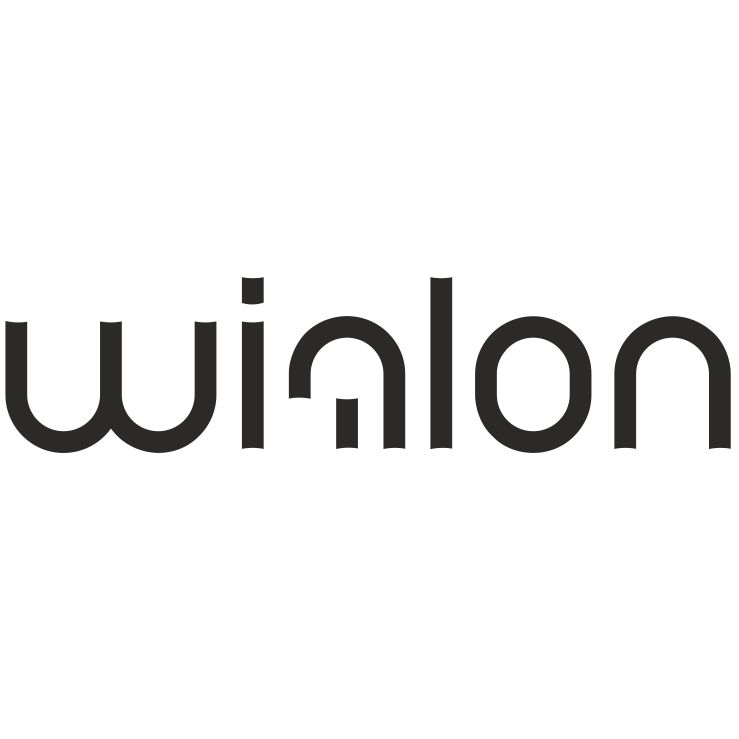271 reads
How we created an agriculture solution for solving food problems
by
April 25th, 2021

Gurtam is a leading fleet management solutions developer and provider of Wialon, the platform for GPS tracking and IoT.
About Author
Gurtam is a leading fleet management solutions developer and provider of Wialon, the platform for GPS tracking and IoT.